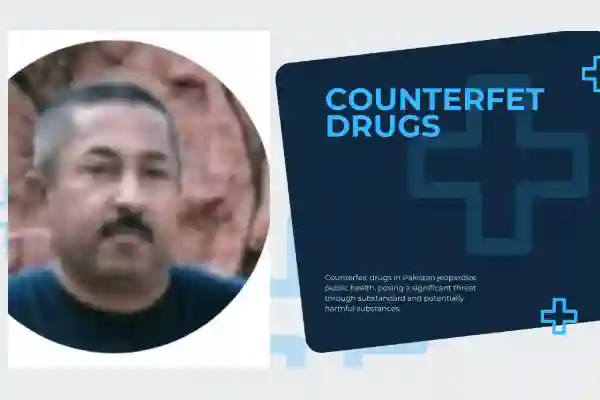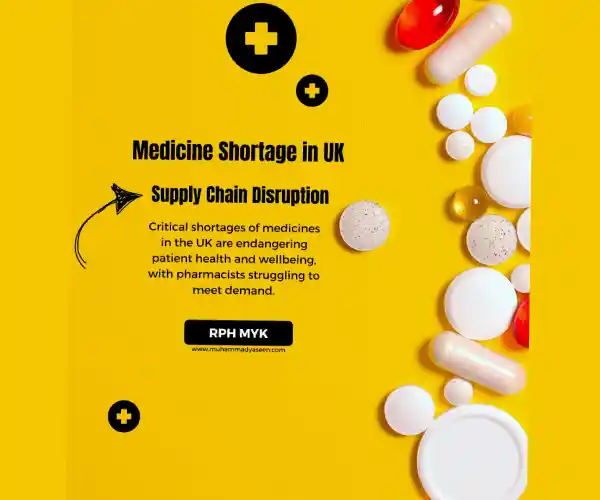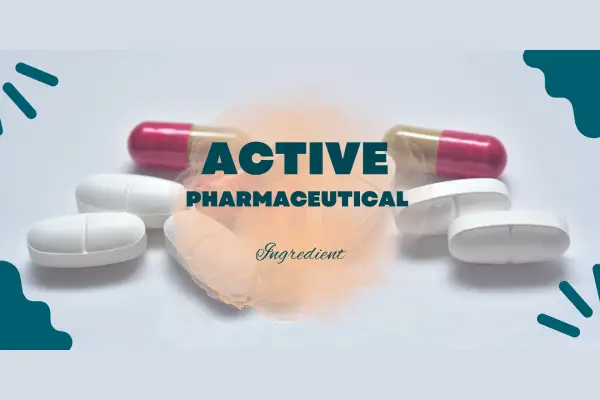Empowering Non-Computerized Pharmacies in Pakistan: Utilizing 2D Barcode Solutions to Tackle Counterfeit Medications
Introduction:
Counterfeit drugs pose a significant threat to public health in Pakistan, especially in the context of non-computerized medical stores. Addressing this issue requires the implementation of 2D barcode solutions.
Counterfeit Drugs Defined:
Counterfeit drugs are pharmaceutical products intentionally produced or distributed with the aim of deceiving consumers. They seek to mimic legitimate medications and exploit the reputation of reputable pharmaceutical companies. These fake drugs may contain ineffective, substandard, or potentially harmful ingredients and often circumvent regulatory standards and quality controls.
Efforts to Combat Counterfeit Drugs:
Various strategies are employed to combat counterfeit drugs, including stringent regulatory measures, supply chain security, public awareness campaigns, and the utilization of advanced technologies like 2D barcodes for authentication and traceability. These measures are vital for safeguarding public health, ensuring the integrity of the pharmaceutical supply chain, and promoting access to safe and effective medications.
Addressing Medication Safety in Pakistan:
In Pakistan, only 5% of the country’s 40,000 medical stores have qualified pharmacists. This shortage emphasizes the urgency of enhancing medication safety. Implementing 2D barcode technology can significantly contribute to this effort, improving public health outcomes.
Risks of Counterfeit Drugs:
Counterfeit drugs pose several risks, including a lack of efficacy, health hazards, resistance to treatment, false security for patients, and erosion of public trust in healthcare systems, the pharmaceutical industry, and regulatory authorities.
Role of 2D Barcode Technology:
The global challenge of counterfeit drugs necessitates effective solutions to ensure medication authenticity. 2D barcode technology plays a crucial role in enhancing the identification and authentication of products. Here are some key aspects of its role:
- Data Storage Capacity: Unlike traditional 1D barcodes, 2D barcodes can store extensive data in a compact format, including unique identifiers, batch numbers, manufacturing dates, expiry dates, dosage instructions, and more.
- Enhanced Data Accessibility: 2D barcodes enable the encoding of both horizontal and vertical information, resulting in higher data density. This facilitates quick scanning and access to vital product information by healthcare professionals, regulatory authorities, and consumers.
- Authentication and Anti-Counterfeiting: The unique identifiers and encoded information within 2D barcodes allow reliable product authentication against manufacturer databases in real time. This is a critical measure in detecting and preventing counterfeit drugs.
- Traceability and Supply Chain Monitoring: 2D barcodes support effective traceability throughout the supply chain, allowing for product tracking from manufacturer to end-user. Any irregularities or counterfeit products can be swiftly identified.
- Streamlined Inventory Management: 2D barcodes streamline inventory management processes for pharmaceutical companies, medical stores, and healthcare facilities, ensuring accurate stock tracking and reducing the risk of counterfeit products entering the supply chain.
- Enhanced Patient Safety: 2D barcodes facilitate the dissemination of essential product information, improving patient safety by providing dosage instructions, contraindications, and potential side effects.
In summary, 2D barcodes play a critical role in enhancing product identification, authentication, traceability, and patient safety. By leveraging the comprehensive data encoded within these barcodes, stakeholders in Pakistan and other countries can effectively combat counterfeit drugs, streamline supply chain processes, and ensure the provision of genuine and safe medications.



